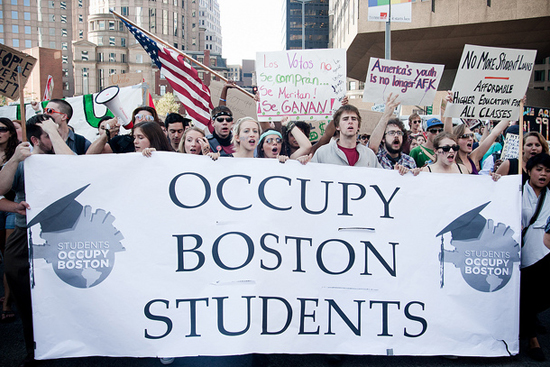Small salons burned in what industry calls “classic example of how not to write tax policy”
It’s that time of year again. Thousands of Minnesotans begin implementing evacuation plans to temporarily relocate somewhere south and warm. Before embarking, many make a preemptive appointment in a tanning facility to ramp up their exposure to ultra violet (UV) rays in advance. This winter, however, traveling tanners will have to look harder for a place to catch some rays — and not just in the frozen north.
Fourteen percent of indoor tanning facilities in Minnesota have gone out of business since 2009, according to the Indoor Tanning Association (ITA). The number of professional indoor tanning salons registered with ITA in Minnesota has plummeted from 477 to 419 in less than two years. In the industry’s view, it’s no coincidence the store closures and layoffs came so soon after the federal government targeted tanning salons for tax hikes. “Once again we have our government trying to control our behavior,” said John Overstreet of the Indoor Tanning Association. “You can’t just pick out an industry because someone views them some way and try to tax them into submission. That’s just crazy.”
While the economic downturn has undercut consumers’ discretionary spending, the industry places more blame on the ten percent excise tax imposed as part of the Patient Protection and Affordable Care Act. The one–two punch of the untimely health care act tax and sour economy wiped out 16 percent of tanning parlors nationwide — a loss of 3,100 businesses and 24,000 jobs. Three-quarters of tanning operations are owned by women which is three times the national average for other businesses.
“Basic economics tells you that you can’t tack ten percent on your prices without affecting demand. They’ve seen people cancel their packages, it’s definitely impacted demand and the number of customers and profitability of these businesses,” Overstreet told the Freedom Foundation of Minnesota. The tanning tax took effect in July 2010, the first tax imposed under the Obama administration’s health care reform legislation with 81 new IRS agents to enforce it. Congress estimated the excise tax on the estimated 25,000 professional tanning salons in business back then would generate $2.7 billion in revenue over ten years. The tax has raised about $37 million in the first half of the current fiscal year, putting it on course to generate less than half the $200 million in revenue projected by the Congressional Joint Committee on Taxation for the first full year of collections.
A recent Inspector General for Tax Administration report chastises the IRS for sending out tax notices nine months after tanning salons were supposed to start collecting the tax. The report also notes that the tax collection agency cannot identify or track down thousands of tanning businesses, concluding that the “number of taxpayers filing tanning services excise tax returns is much lower than expected.” No one knows how many of the estimated 30,000 additional businesses that offer tanning as well as other services (nail salons and beauty shops for example) may also be liable for the tax. “They have no idea of who these businesses are and how to reach them. We don’t even know,” Overstreet said. “This is not a criticism of the IRS. They’re just not set up for this. It isn’t what they do.”
At an October IRS hearing, tanning salon owners said the excise tax ultimately comes out of their pockets, rather than customers’. “We’re on a course where half of our industry will be gone in the next couple years. That’s how devastating this tax is to us,” said Barton Bonn, a Nebraska chain tanning salon owner.
A loophole also exempts a whole segment of the industry and a major competitor to full-time tanning stores from complying with the tax. Gyms and health clubs got a pass from paying for their indoor tanning services due to the apparent difficulty of breaking down the cost included in membership fees. At the same time, tanning operators were left to decipher thousands of words in the Federal Register defining their obligations and requirements.
“It’s hurting business, it’s killing jobs and what the government doesn’t seem to realize with a tax like this is that when owners are making less money, they’re paying less corporate or personal taxes,” Overstreet said. “The fallacy was this would somehow increase tax revenue. So it’s a disaster all around.”
There may be some UV rays, however, at the end of the tanning booth. A bill has been introduced in the US House of Representatives to repeal the tanning tax has attracted 41 co-sponsors so far.
Tips or comments? Contact Tom Steward at 612-354-2192.

COMMENTS
Please let us know if you're having issues with commenting.